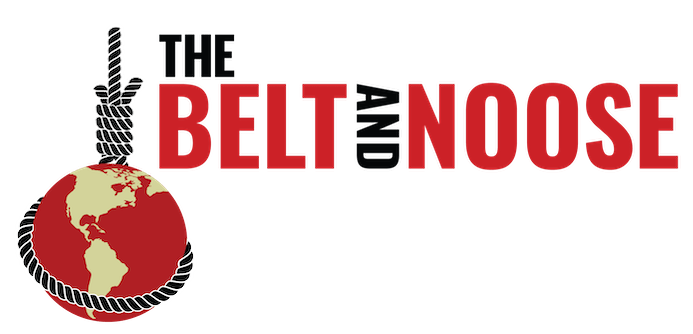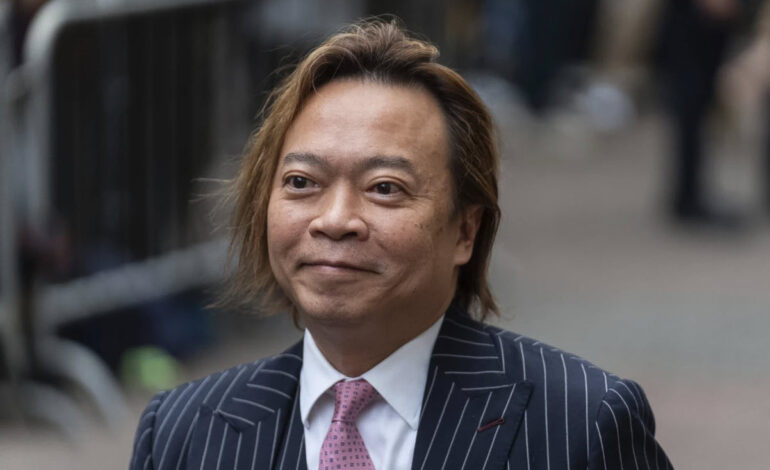
The man in front of the tank: How journalists smuggled out the iconic Tiananmen Square photo
By Mike Chinoy and Jessie Yeung
04 June 2024
The shot is iconic: an unidentified man in a white shirt, hands full of bags, facing off against a column of tanks on Beijing’s Avenue of Eternal Peace, after the Chinese Communist Party ordered a bloody military crackdown on pro-democracy protesters.
The photo and footage of the so-called “tank man” became the defining image of the Tiananmen Square crackdown whose 35th anniversary passed on Tuesday.
On the night of June 3, 1989, after nearly two months of demonstrations by students and workers demanding faster political reform and an end to corruption, convoys of armed troops entered central Beijing to clear the square. It was a bloodbath; witnesses described tanks driving over unarmed protesters, and soldiers firing indiscriminately into the crowd.
To this day the massacre remains one of the most sensitive political taboos in mainland China, with all mention of it strictly censored. Commemoration can lead to imprisonment. Chinese authorities have not released an official death toll, but estimates range from several hundred to thousands.
Still, each June 4 since, diaspora communities and surviving protesters in exile around the world have commemorated the event – often resharing the historic photo by Jeff Widener, then a photographer for the Associated Press (AP), as well as footage shot by CNN’s crews.
The journey of the photograph, too, captured the tension and fear of the time – involving smuggling equipment and film past authorities and across borders. By that point, the Chinese government was trying desperately to control the message going out to the world – and was trying to stop all American news outlets, including CNN, from broadcasting live from Beijing.
These interviews, excerpted from “Assignment China: An Oral History of American Journalists in the People’s Republic” by Mike Chinoy, CNN’s Beijing bureau chief during the crackdown, offer the behind-the-scenes story of perhaps the most famous moment in the crisis. Chinoy was there, broadcasting live from a balcony overlooking the scene, and spoke to witnesses during and after the historic event.


